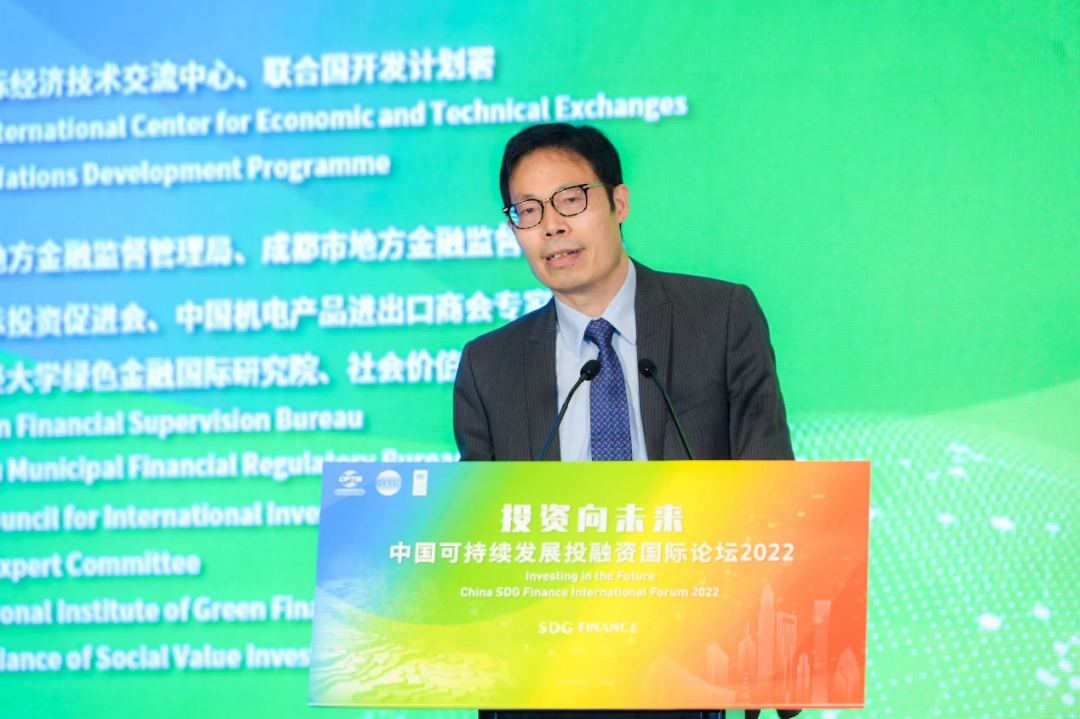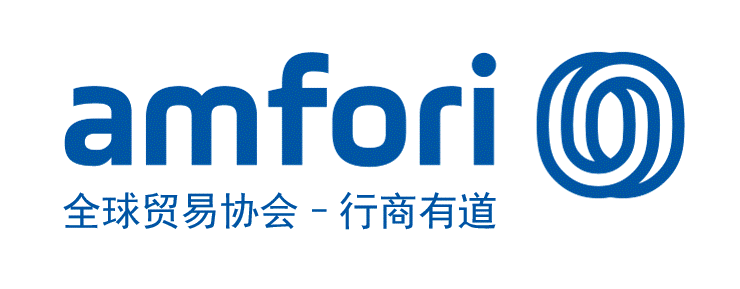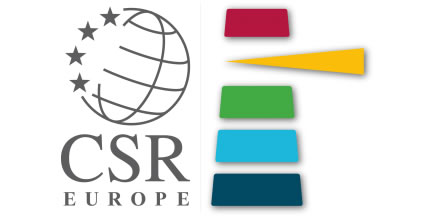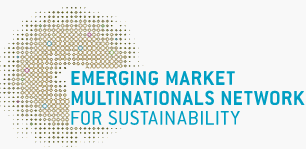Promoting green finance and financial inclusion
2022-12-26China Sustainability TribuneBu Yongxiang0

Although green finance and inclusive finance differ from each other in development goals and target of services, they both focus on fairness and sustainable development, overlap in types of services and development patterns, and support and complement one another in terms of development goals and the logic behind policies.


Promoting the integrated development of green finance and inclusive finance is to leverage the role of finance in guiding and supporting the green and low-carbon transformation of agriculture, rural areas, farmers, and small and micro enterprises. We need to expand green financial services to those targets of inclusive finance to achieve accessible, affordable, and safe funding. Above all is the concept of integrated development. Why do we promote integration? There are mainly two reasons:
First, although green finance and inclusive finance differ from each other in development goals and target of services, they both focus on fairness and sustainable development, overlap in types of services and development patterns, and support and complement one another in terms of development goals and the logic behind policies. Besides, in general, they both need to use public measures to guide, regulate, and encourage market behaviors to maximize economic returns in line with social and ecological benefits.
Second, from the practical perspective, the carbon emissions of agriculture and micro, small, and medium enterprises (MSMEs), which are the main focus of inclusive finance, account for 30% and 50% of the total, respectively. In other words, rural areas and MSMEs contribute to nearly one-third and half of the carbon emissions. Therefore, to peak carbon emissions by 2030 and reach carbon neutrality by 2060, we must guarantee green and low-carbon transformation in agriculture and MSMEs.

The experience of green finance and inclusive finance at regional pilot financial reform zones

In recent years, with the People’s Bank of China taking the lead, regional pilot financial reform zones have actively explored the integration of green finance and inclusive finance and have made progress in enhancing the empowerment of digital technology, activating the value of green assets, and establishing a financing risk-sharing mechanism.
In Quzhou, Zhejiang province, the pilot program has achieved the data collecting, accounting, and assessment of carbon emissions reduction from agriculture businesses through establishing carbon neutrality accounts of agriculture. The program has also conducted ratings for their carbon emissions reduction based on the data, which provides a reference for the role of finance in supporting carbon emissions reduction in agriculture.
In Taizhou, Zhejiang province, empowered by fintech, the program has built “Microgreenloan”, an application scenario for inclusive green finance. By establishing the “green production database” and “keyword base” and using artificial intelligence, green certification of the floating capital loans for MSMEs is achieved. The green assessment model for MSMEs is developed by integrating online data with offline due diligence under the ESG framework. The green measurement and accounting of carbon emissions for MSMEs is achieved through developing quantitative measurement tools such as environmental benefit measurement and enterprise carbon accounting.
The gross ecosystem product (GEP) accounting in Mengyin county, Linyi, is the first to bear fruit in Shandong province. Based on the accounting, credit is extended to the whole village, and credit products of inclusive green finance for specific fruits and forest products are promoted. Those are the latest progress made through integrating green finance with inclusive finance organized by local governments and led by the People’s Bank of China.
However, the current green transformation of vast rural areas and MSMEs is still in its initial stage, and there are some drawbacks, which lie in three aspects.
First is the externality of the program. Just as other green finance programs, ours also have striking external problems regarding agriculture, rural areas, farmers, and MSMEs. The externality means that a green program not only produces economic returns but also environmental and social benefits, which will result in a third party having a free ride. Externalities can drive up the financing and project development cost, which makes it harder for agriculture, rural areas, farmers, and MSMEs to get financed difficultly as the cost increases. It is a common problem in green finance.
Second, from the perspective of the demand side, targets of inclusive finance such as agricultural businesses and MSMEs have low awareness of green and low-carbon development and noticeably insufficient demand for effective capital to achieve their green transformation.
Third, as emerging fields, green finance and inclusive finance also have weaknesses in the financial standard system, innovation of products and services, information disclosure, supporting infrastructure, incentive and constraint mechanism, capacity building, and other aspects.

Some thoughts on promoting green finance and inclusive finance

What should we do in the future? It’s significant to choose an appropriate approach to green and low-carbon transformation for agriculture and MSMEs. Similar to green finance development in other fields, the one for agriculture, rural areas, farmers, and MSMEs also follows two different paths.
One is the top-down approach, which means designing the institution, standard, product, and pattern of financial services. The other is the market-based bottom-up approach, which means exerting influence on the behavior of economic entities through the price mechanism. Through the integrated development of green finance and inclusive finance, we can advance the two approaches at the same pace.
In the top-down transformation, there are several focuses.
First, enhance the top-level design and improve fundamental institutions. It includes constructing a complete green standard system and clarifying the scope of integration, the technical standard for the transformation, and regulation for production services. It also involves exploring and constructing a carbon emissions reduction mechanism suitable for agriculture and small and micro enterprises, establishing carbon accounts, and improving carbon accounting.
Second, strengthen policy guidance. We need to continue to make good use of existing effective policy instruments, implement financial subsidies, interest subsidy loans, tax preference, risk compensation, and the rediscount policy of the central bank. On the other hand, we need to formulate supporting policies for the green and low-carbon transformation of agriculture and MSMEs and promote the internalization of externalities. Besides, we need to establish a risk-sharing mechanism for carbon emissions reduction in agriculture and green development funds for small and micro enterprises and support them in issuing green bonds.
Third, boost technological empowerment. We need to accelerate the digitalization of agriculture and MSMEs and build the data network for low-carbon agricultural businesses and MSMEs. We can improve the IT-based management of enterprises’ carbon emissions accounting and their management through big data and cloud computing and promote the carbon accounting of SMEs and their environmental information disclosure through digital technology.
Fourth, build a comprehensive and multifaceted market service system for inclusive green finance. We need to encourage financial institutions to bring the market into play and strengthen the innovative development of inclusive green financial products. We also need to vigorously promote products and services of inclusive green finance, such as green microloans, green consumer credit, green trade financing, green bills, and green insurance, and continuously improve the system for inclusive green financial products.
As for bottom-up transformation, I think the most crucial part is to foster a market, form a reasonable price system, guide enterprises with market price, and encourage them to make more efforts in green transformation. In this regard, there are two aspects that we can enhance:
First, open up Chinese Certified Emission Reduction (CCER) timely and encourage the agriculture sector to engage in carbon trading. Through forest and ocean carbon sinks, we can enhance the liquidity of ecological assets and carbon sink projects involving agriculture and market attractiveness.
Second, promote the market-oriented reform of energy prices, especially electricity prices. The carbon price, formed by the development of the carbon market, is an exemplary leverage for enterprises to conserve energy and reduce emissions, but it needs a boost. The electricity market price serves as the most significant passer. If we can further promote the market-oriented reform of electricity prices, the carbon price can better play its role in guiding the behavior of enterprises.
Best Practices
- The 100-year brand — Air Liquide also has a sense of juvenile
- Beijing Public Transportation Corporation: Developing green transportation to build a harmonious and livable capital
- CGN: Building a modern factory in barren deserts and developing a new win-win cooperation model along “Belt and Road”
Upcoming Event

All the materials on the site “Source: XXX (not from this site)” have been reprinted from other media. They do not imply the agreement by the site.
All the materials with “Source: CSR-China Website” are the copyright of CSR-China Website. None of them may be used in any form or by any means without permission from CSR-China Website.
GoldenBee Official WeChat
Copyright © Csr-china.net All Right Reserved.
京ICP备19010813号










